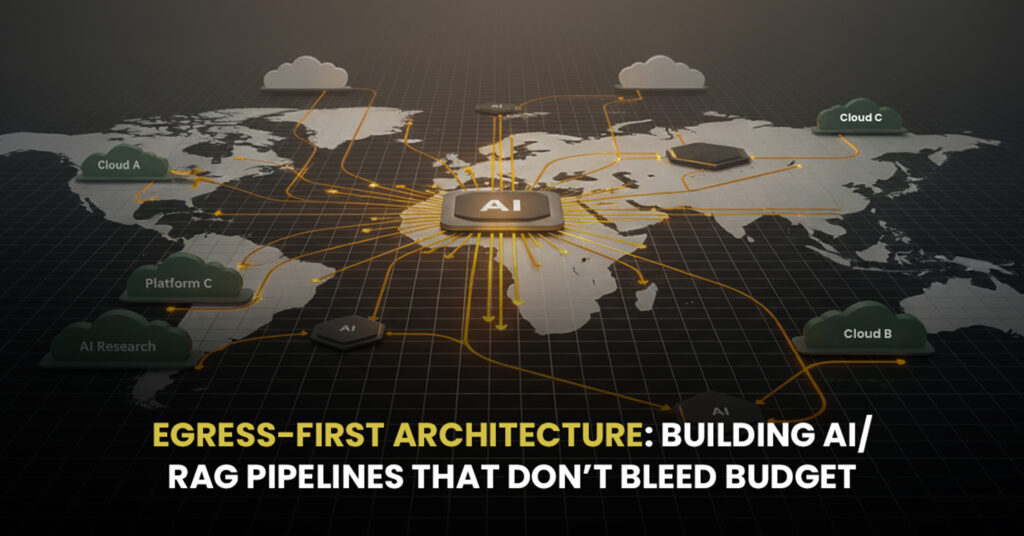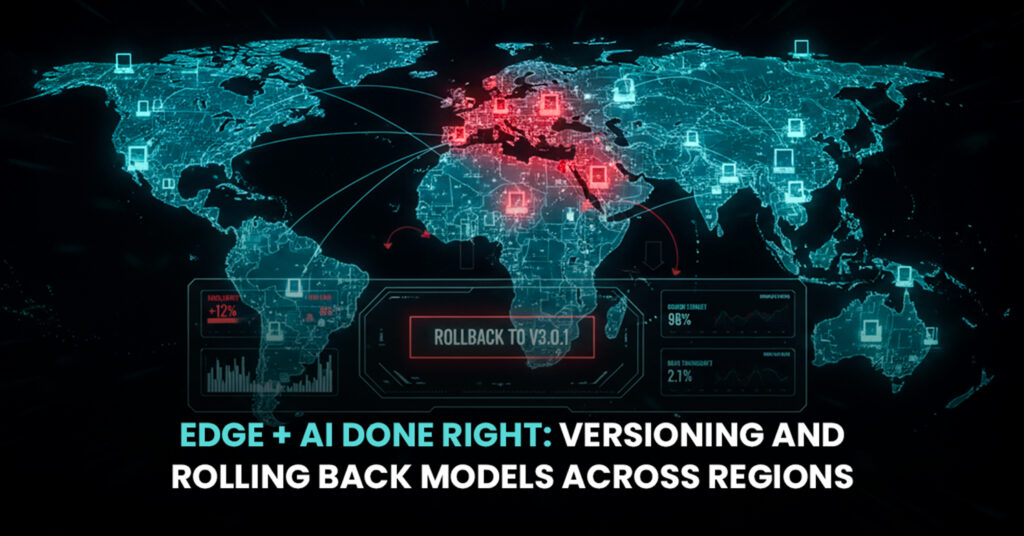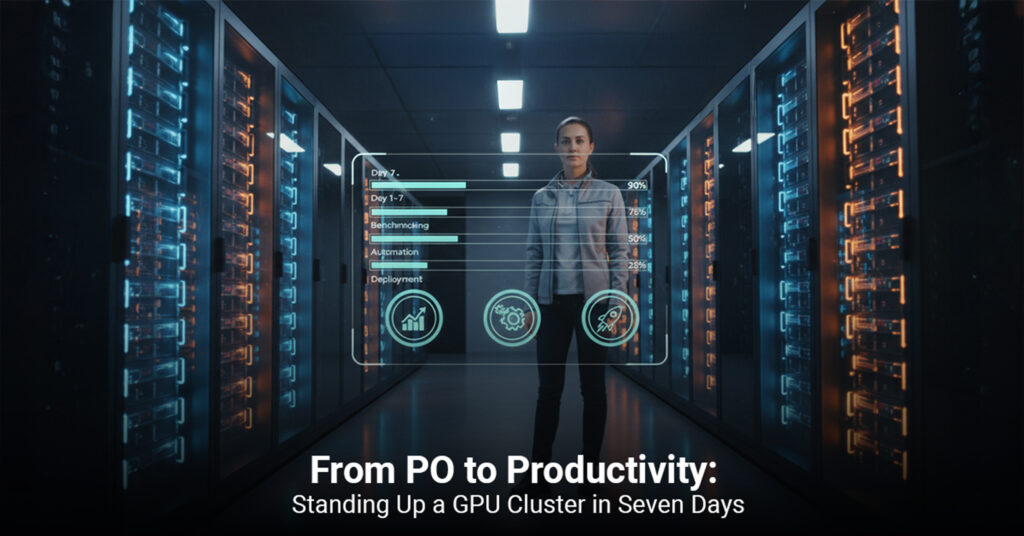In today’s rapidly evolving tech landscape, enterprises are diving into the world of Large Language Models (LLMs) to supercharge everything from customer support to content generation. These models, capable of understanding and generating human-like text, are transforming the way businesses operate. But as powerful as LLMs are, deploying, tuning, and scaling them for enterprise use requires a whole new level of sophistication. Enter LLMOps – the game-changer that’s making managing LLMs in the cloud seamless, efficient, and scalable.
But what exactly is LLMOps, and why is it the key to unlocking the full potential of LLMs for businesses? Let’s dive in.
What is LLMOps? Understanding the Basics
At its core, LLMOps is the set of practices and tools designed to manage the lifecycle of large language models, from development to deployment and continuous monitoring. It’s the bridge between machine learning operations (MLOps) and the complexities of managing LLMs specifically.
Just like MLOps enables smooth deployment and monitoring of machine learning models, LLMOps ensures that LLMs are properly built, tuned, and scaled to meet the needs of businesses. As enterprises begin integrating these advanced models into their workflows, LLMOps helps streamline everything from model versioning to performance optimization, ensuring that these complex systems run efficiently and stay relevant over time.
Building Private LLMs: Getting Started with Customization
When it comes to LLMs, enterprises often want to create private, tailored models rather than relying solely on generic public models like GPT-3 or BERT. Why? Privacy, control, and customization.
Building private LLMs starts with choosing the right cloud platform. Whether you opt for AWS, Google Cloud, or Azure, each platform offers specialized tools to support the heavy lifting required to train and host these models. The first step involves selecting a model architecture suited to your business needs (transformers, for instance) and fine-tuning it with your proprietary data.
Training an LLM is a data-intensive process. You’ll need access to a large and diverse dataset to ensure that your model performs accurately in the domain you want. From customer interactions to technical documents, the data you feed into the model will directly impact how well it can understand and generate relevant responses.
Tuning LLMs for Optimal Performance
Once you have your private LLM, the next step is tuning and this is where the magic happens. Think of tuning as fine-tuning an instrument. You’ve got a powerful machine, but it needs to play the right notes to meet your business objectives.
Tuning a large language model involves adjusting hyperparameters like learning rates, batch sizes, and the depth of the model to maximize accuracy and efficiency. Transfer learning plays a big role here too. You can take a pre-trained model (like GPT or T5), then fine-tune it for your specific needs, saving time and resources compared to training a model from scratch.
Moreover, tuning helps with bias mitigation, ensuring the model outputs fair, balanced, and reliable results, especially in sensitive domains like healthcare or finance.
Scaling Private LLMs on the Cloud
Here’s where cloud computing shines. As your business grows and your LLMs are tasked with handling larger volumes of data, scaling becomes a necessity. The cloud provides the flexibility and scalability to expand resources as needed without the headaches of managing physical hardware.
Cloud-native technologies like Kubernetes, Docker, and serverless computing allow enterprises to deploy and scale their LLMs effortlessly. Need more computing power? Spin up more nodes. Need to reduce latency? Optimize your cloud infrastructure. The cloud’s elasticity enables enterprises to adjust resources dynamically to meet growing demands.
Scaling private LLMs in the cloud also helps manage costs. Since cloud providers offer pay-as-you-go pricing models, businesses can adjust their cloud usage based on actual needs, helping to optimize costs while maintaining top-tier performance.
Best Practices for LLMOps in the Enterprise
When it comes to managing LLMs at scale, adopting a few best practices can ensure smooth operations:
- Model Versioning: Just as software undergoes version updates, your LLMs need proper version control. With continuous updates and tweaks, versioning ensures you can roll back to a stable version if things go awry.
- Monitoring: Continually monitor the performance of your LLMs. LLMs can “drift” over time, meaning they may become less accurate or fail to adapt to new data. Automated monitoring helps flag issues early, so adjustments can be made before they affect performance.
- Automation: Automate the training, deployment, and scaling processes. By integrating CI/CD pipelines with LLMOps, you can automate the testing and deployment of new versions of your LLM, reducing human error and accelerating innovation.
- Security and Compliance: Privacy concerns are critical when working with sensitive data. Ensure your LLMs are secure by implementing access controls, encryption, and compliance checks. This helps protect both your data and the integrity of your business.
Case Studies: Enterprises Excelling in LLMOps
Several companies have already begun leveraging LLMOps for their business transformation. For example:
- Healthcare Providers: Companies like Tempus use LLMs to analyze clinical data, enabling personalized treatment plans. They’ve implemented robust LLMOps to ensure their models continue to improve in accuracy while adhering to stringent privacy standards.
- E-commerce Giants: Retailers like Amazon use LLMOps to enhance customer support with chatbots that handle millions of inquiries daily. They continually tune and scale their models to meet the demands of their growing customer base.
- Financial Services: Firms such as JP Morgan are using LLMs to analyze vast amounts of financial data. With LLMOps, they ensure their models remain highly accurate while maintaining compliance with financial regulations.
Challenges and Considerations
While LLMOps offers tremendous potential, there are challenges:
- Data Privacy and Security: Given the vast amounts of sensitive data LLMs need, ensuring compliance with data protection regulations (like GDPR) is paramount.
- Integration with Existing IT Systems: Enterprises must ensure their LLMs integrate seamlessly with other internal systems. This can be tricky, especially when working with legacy software.
- Cost: Training and maintaining private LLMs is expensive. Enterprises must weigh the costs of cloud compute resources, storage, and data acquisition against the benefits of using custom models.
The Future of LLMOps in Enterprises
Looking ahead, LLMOps will only become more essential as LLMs continue to power business innovation. In 2025 and beyond, we can expect:
- Increased Automation: More organizations will automate the entire LLM lifecycle, from training to deployment, ensuring faster and more efficient AI models.
- AI Governance: As LLMs become more integrated into enterprise decision-making, AI governance frameworks will become more prevalent, ensuring ethical use of AI.
- Advanced Cloud Integration: The next wave of cloud technologies will provide even more specialized tools to optimize LLM performance and scaling.
Conclusion
LLMOps is more than just a trend, it’s the future of managing large language models in the enterprise. By adopting LLMOps practices, businesses can build, tune, and scale private LLMs on the cloud to create more intelligent, efficient, and customer-centric operations. The combination of automation, cloud scalability, and continuous improvement ensures that enterprises stay competitive and continue to drive innovation in an AI-powered world.
Ready to build your own private LLM on the cloud? The tools and strategies are available to get you started, and the future of enterprise AI is within your grasp!



